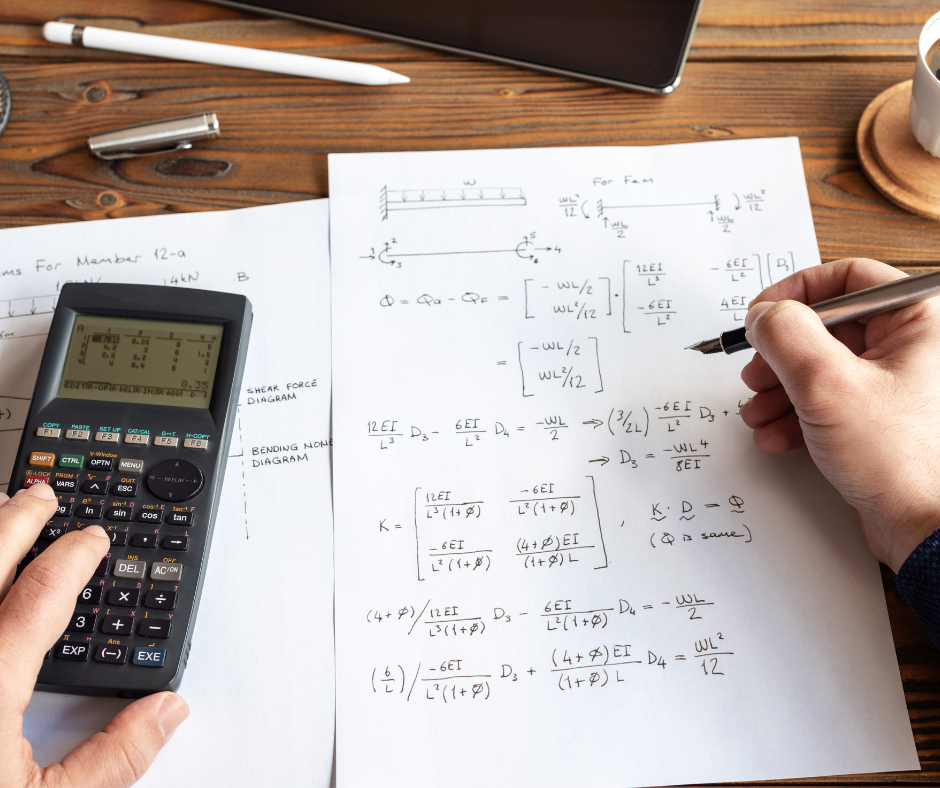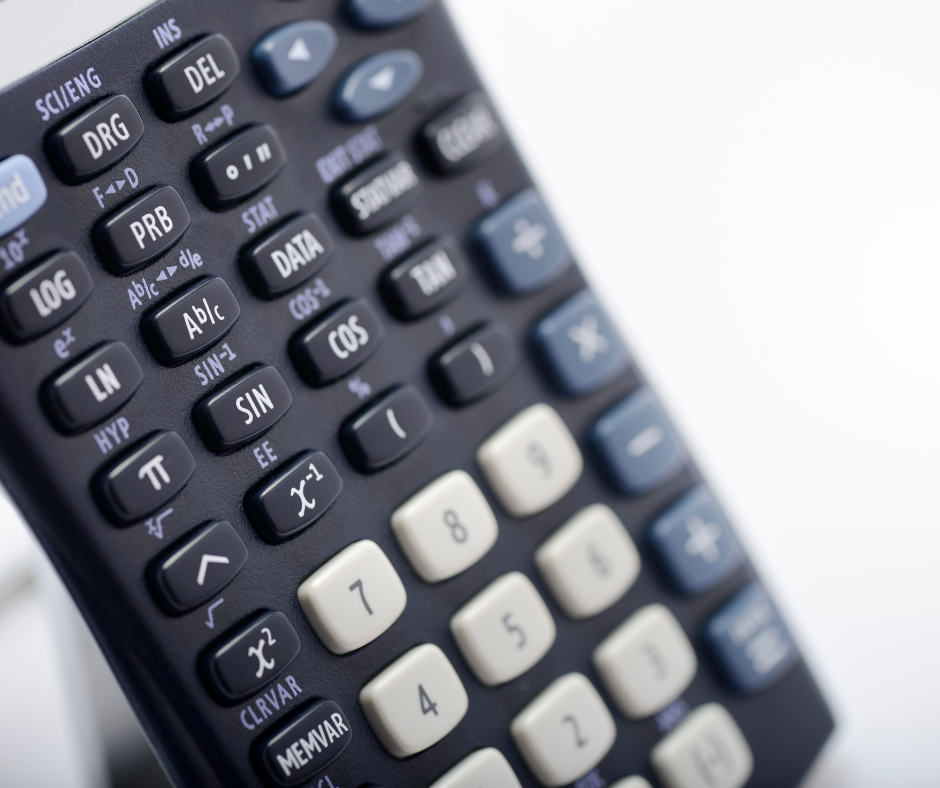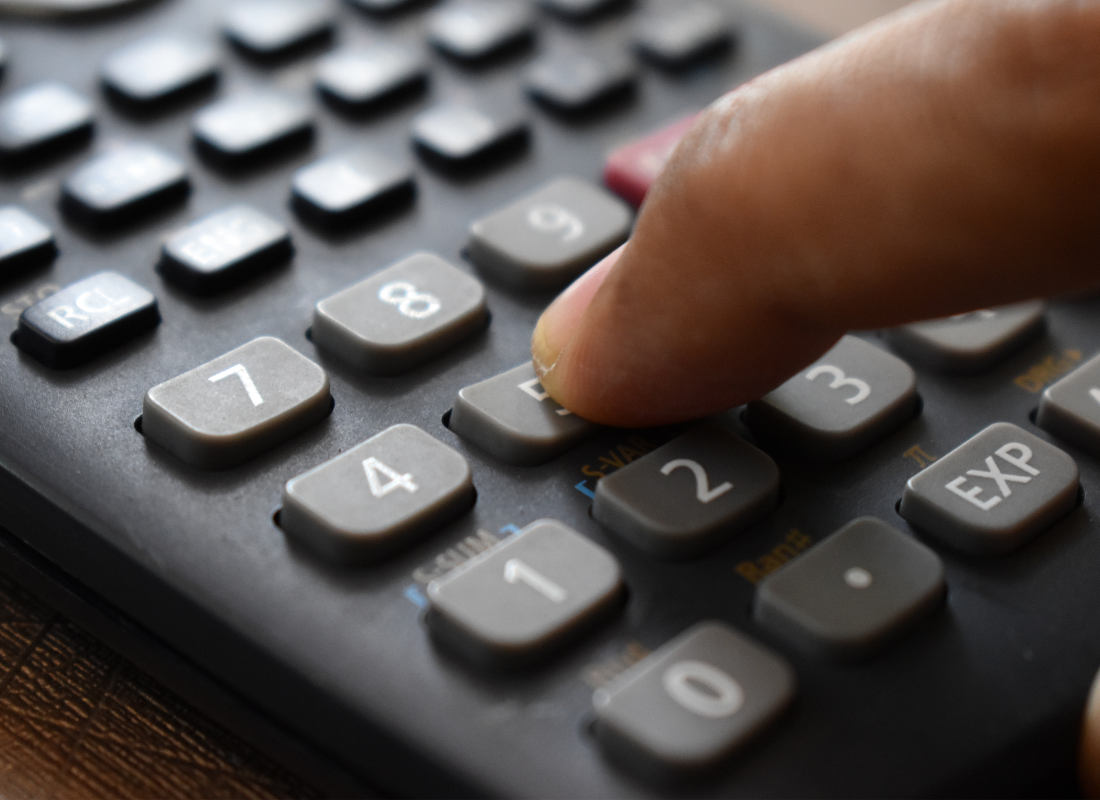Math Equipment Oh dear! We need it for geometry, mental arithmetic, probability, algebra, calculus trigonometry, inequalities, relative numbers, fraction mixes, equation mixes, puzzles, quizzes, timed tests, oh my! The mathematics curriculum is loaded.
Thankfully your introduction to the math subject in kindergarten and elementary school was made up of basic counting, addition, subtraction, division and multiplication. Where you learned to use math flash cards, math games and printable worksheets. This learning experience has provided you with a great foundation to excel in maths.
Those childhood days are long gone, but it doesn’t mean math is no longer fun. It just means that you are going to need to upgrade your school supplies list and your maths skills. Student learning from high school and onwards is known to be much more challenging for students. To do well in mathematics courses, you should invest in some essential mathematics equipment.
You can ask your maths teacher to give you the essential school supply list, or you can read my other blog post on the subject for full essentials back to school list for your math courses.
In this article, we are going to take a closer look at one of the most used pieces of equipment for student achievement in mathematics education (aside from a good study attitude and excellent math skills). To support the serious math learner to do well in math classroom activities. The calculator comes to the rescue as the trusted sidekick.
Learn about online math courses.


Why Use a Calculator?
The high school math curriculum is no longer limited to small equations that you can attempt in your head. The curriculum includes theorem studies, estimation, fraction studies, algebraic calculations, geometric angles, infinite complex numbers and much more. Rest assured that high school math courses require the use of a calculator, to enable the learner to be much more efficient in their learning activities.
Calculators have been an indispensable tool in mathematics classes since the 1960s when they were invented. The calculator supports mathematical literacy and can be used to solve an equation, however, not all calculators are created equal, and so there are different types of calculators that serve to work for different functions. Of all of the math education resources to invest in, the calculator is one of the most used and most useful.

Types of Calculators for School
Scientific calculators, basic calculators, business calculators, graphing calculators. While the name calculator may sound simple, the purchasing of one is not. To choose the ideal calculator, it is important to know what you want to use it for. Then set a budget and choose one according to your budget and goals.
The purchase of a calculator for high school is a real investment that must serve you during your time studying mathematics. Let’s take a look at what’s on offer.
- Basic calculators do basic adding, subtracting, dividing and multiplying.
- Business calculators do all that basic calculator’s do, but they also have buttons for interest rates.
- Scientific calculators do all that basic and business calculator’s do, but they also have functions to work out chemistry, physics, engineering, and trigonometry problems.
- Graphing calculators are like scientific calculators except they have a larger screen that plots the answer as a graph. It can also solve integral calculus and matrices where scientific calculators can not.
They must also include the right functions related to the mathematics syllabus. However, if you are planning to buy a calculator, there are 2 kinds that are worth discussing for high school maths and higher.
All About the Scientific Calculator
The scientific calculator is a handheld calculator invented to support math, science and engineering problems. It is electronic and works using batteries which either need to be changed or recharged. You can input formulas, symbols and complex numbers.
Get a math tutor near me on Superprof.


What Can the Scientific Calculator Do at a Glance:
- It can handle all basic numeracy functions such as addition and subtraction, multiplication and division.
- It can handle all advanced numerical functions such as algebraic, geometric, trigonometric calculations.
- This calculator has lots of buttons, and of course, each brand will be different, but on average it will have designated buttons for pi, parentheses, trigonometric functions, exponents, inverses of trigonometric functions, log and natural
- The Memory function on these calculators makes it possible to record large parts of the mathematics formulae. Essential when you are working with formulas, geometric components or scientific notation.
The Scientific Calculator vs the Graphing Calculator
To find the best calculator for your needs, you must know what to look for. Until you are looking for a calculator, you may not realize just how many calculators’ there are. No matter what kind of calculator you want to buy for your math course, you should make sure to be choosing between a scientific calculator and a graphing calculator. You can coordinate with your math tutor or school teacher to ask which is most suitable for your plans or just read below to learn the basic differences between them.
Functions
Both the scientific calculator and the graphing calculator have the capability to perform advanced calculations. On the other hand on a graphing calculator, when you will input a function, you will see a graph of it on the screen. The graphing calculator has an additional piece of functionality as it can solve integral calculus and matrices.
Advanced Features
A graphing calculator is more advanced than a scientific calculator but should only be invested in if you are going to use it to its fullest potential. Graphing calculators also are like small computers and so have wifi connectivity. Scientific calculators do not come with this functionality. They are much more expensive, so consider this wisely. Graphing calculators are used by professional mathematicians or those studying to an advanced mathematical level. Scientific calculators, however, are used by everyone from college students to engineers.
Screen Size
Scientific calculators have a smaller screen than graphing calculators.
Cost
Both can be expensive but scientific calculators can be found second hand from $10 if you really look and graphing calculators tend to start at $80. This is why graphing calculators are most commonly used by math professionals.
How Much Should You Spend On A Calculator?
The scientific calculator is worth the investment. While they can start from very cheaply be careful that your cheap version isn’t missing any useful features. While scientific calculators can range from $10, they can go up to over $100+.
Be careful not to pick a cheap calculator when you need one more advanced or an advanced one when you only need a basic one. In both cases, you would have wasted money. The important thing is to know what you will do and if you are comfortable learning how to use the calculator or not.
Estimate your budget before going to the store. It is quite possible to get a deal on a calculator if you are looking for it.
Understand that the style of the battery can vary the price so you should understand the choice between disposable battery or rechargeable battery calculators. The latter can be a nightmare if you forget to it recharge before an exam.
Where to Buy Your Calculator?
High school calculators are available in most stores, you can also find them in Target, Walmart or even Amazon.
Also, don’t forget to look for your equipment during significant sale periods. Sales like black Friday and summer sale events can save you a lot of money allowing you to either upgrade to a better model for half the price or just get two for one.
If you have family members or friends, who have graduated and are not following on their math education. Why not ask them to give you their calculator, this would be free after all. Plus, you might get a free demonstration and other education resources.
In the same vein if you need a better model than you can afford why not check thift stores, garage sales or flea markets. This will lower the cost and may allow you to barter.
You can also find a low-cost calculator on the internet. Look out for promotions at the start of the school season or other exciting discounts. But again, don’t just buy because it is cheap to make sure it has the functions that you need before ordering.
Whichever calculator you choose it is better to invest in a good one which you will have time to learn to master. Also, you can then avoid having to pay a new calculator at the beginning of your next level of higher education.
If you are looking for school supplies for a younger student please check out our blog on the back to school supplies for kids studying maths!















